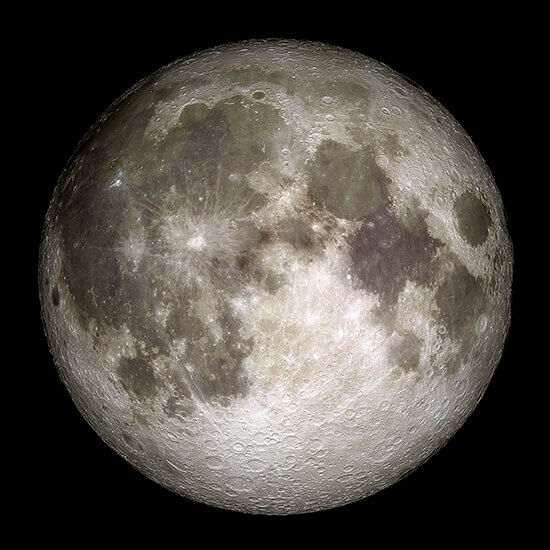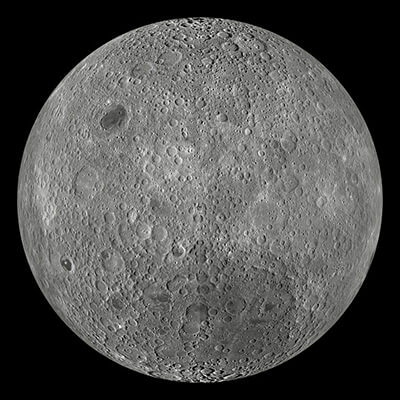This is a lesson summary. The full lesson can be viewed by purchasing an online course subscription.
Learning Objective
In this lesson we will learn about the key features of the Moon, including its physical characteristics and its motion.
Learning Outcomes
By the end of this lesson you will be able to:
- Describe the Moon’s size and distance from Earth.
- Describe the Moon’s orbit and compare a lunar day with an Earth day.
- Describe how the Moon is believed to have formed.
- Compare the Moon’s atmosphere, weather and gravitational force with Earth’s.
- Describe key features of the Moon’s surface.

(Image: Delphotostock, Adobe Stock)
Lesson Summary
- The Moon is a natural satellite of Earth that moves in an elliptical, anticlockwise orbit around Earth, which takes approximately 27 days.
- The combined motions of Earth and the Moon mean that a lunar day is slightly longer than the time taken for the Moon to rotate on its axis – approximately 29.5 Earth days.
- The same side of the Moon is always facing Earth. This side is known as the near side, while the side facing away from Earth is known as the far side.
- The Moon’s orbital plane is titled by approximately 5° relative to Earth’s orbital plane, meaning that the Moon, Earth and Sun are rarely in direct alignment.
- The Moon formed approximately 4.5 billion years ago, around the same time as the rest of the solar system.
- The giant-impact theory states that the Moon formed from debris produced by a collision between Earth and another planet.
- The diameter of the Moon is slightly more than one-quarter the diameter of Earth.
- The average distance between Earth and the Moon, known as the lunar distance, is equivalent to 30 times the diameter of Earth.
- The Moon has no atmosphere, wind or rain, and large variations in temperature.
- Gravity on the Moon is one-sixth as strong as on Earth.
- The Moon’s surface has three main features:
- Seas – dark-coloured, low-lying areas consisting of rock formed from ancient lava flows.
- Highlands – light-coloured, mountainous areas of volcanic origin.
- Impact craters – bowl-shaped depressions resulting from objects, such as meteoroids, asteroids and comets, colliding with the Moon at very high speeds.
- In addition to theses features, the Moon’s surface is covered in a thick layer of rock and dust.

The far side of the moon
(Image: NASA, Wikimedia Commons)
(Header image: atgc_01, Adobe Stock)
